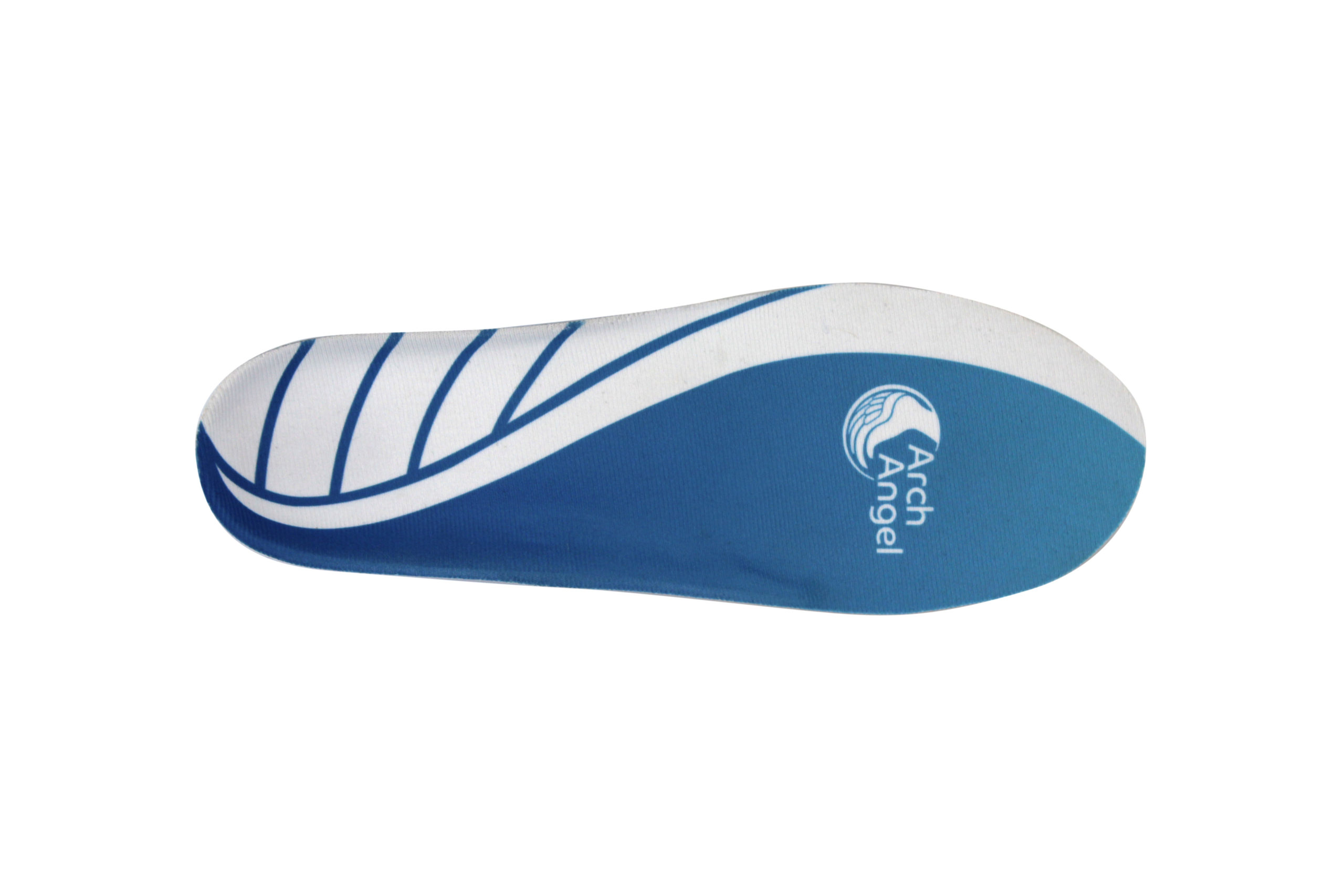Fallen arches insoles, also known as flat feet, affect millions of people worldwide, leading to discomfort and pain in the feet, legs, and even the lower back. One of the most effective solutions for managing the symptoms of fallen arches is the use of specialized insoles.
Understanding Fallen Arches
What Are Fallen Arches?
Fallen arches insoles occur when the arch of the foot collapses, coming into complete or near-complete contact with the ground. This condition can be congenital (present at birth) or develop over time due to factors such as aging, injury, or obesity. The arch of the foot plays a crucial role in distributing body weight across the feet and providing stability during movement. When the arch is flattened, it can lead to a range of problems, including pain, swelling, and difficulty standing or walking for long periods.
Symptoms of Fallen Arches
Common symptoms of fallen arches include:
- Pain and discomfort in the feet, especially in the arch and heel areas.
- Swelling along the inside of the ankle.
- Foot fatigue after prolonged standing or walking.
- Lower back pain due to altered posture and gait.
- Difficulty performing physical activities that involve standing or walking.
The Importance of Insoles for Fallen Arches
How Insoles Help
Fallen arches insoles are designed to provide the necessary support to the arch of the foot, redistributing pressure and alleviating pain. These insoles are typically made from materials that offer cushioning and stability, helping to correct the alignment of the feet and improve overall posture.
Benefits of Using Fallen Arches Insoles
- Pain Relief: Insoles help reduce the strain on the plantar fascia, the ligament that supports the arch of the foot, thereby minimizing pain and discomfort.
- Improved Alignment: By providing arch support, insoles help maintain the natural alignment of the feet, ankles, and legs, reducing the risk of further complications.
- Enhanced Comfort: Insoles offer cushioning and shock absorption, making it easier to walk and stand for extended periods without experiencing fatigue.
- Prevention of Further Damage: Using insoles can prevent the condition from worsening and reduce the likelihood of developing related issues such as bunions, hammertoes, and arthritis.
- Versatility: Fallen arches insoles can be used in various types of footwear, including casual shoes, athletic shoes, and work boots, allowing you to maintain comfort and support throughout your day.
Choosing the Right Fallen Arches Insoles
Factors to Consider
When selecting fallen arches insoles, it is important to consider several factors to ensure you choose the right pair for your needs.
- Arch Support: Look for insoles that provide adequate support to the arch of your foot. The level of support needed may vary depending on the severity of your fallen arches.
- Material: Insoles are made from various materials, including foam, gel, and cork. Choose a material that offers the right balance of cushioning and durability for your lifestyle.
- Fit: Ensure that the insoles fit comfortably in your shoes without causing any pressure points or discomfort. Some insoles can be trimmed to fit your shoes perfectly.
- Activity Level: Consider your daily activities when selecting insoles. If you engage in high-impact activities such as running or sports, opt for insoles designed to provide extra support and shock absorption.
- Medical Advice: If you have severe fallen arches or other foot-related issues, consult a healthcare professional for personalized recommendations.
How to Use Fallen Arches Insoles Effectively
Inserting Insoles into Your Shoes
- Remove Existing Insoles: If your shoes come with removable insoles, take them out to create space for your fallen arches insoles.
- Trim to Fit: If necessary, trim the new insoles to fit your shoes perfectly. Use the original insoles as a template to ensure an accurate fit.
- Insert the Insoles: Place the insoles into your shoes, ensuring they lie flat and do not create any lumps or pressure points.
- Test for Comfort: Wear your shoes with the new insoles and walk around to ensure they feel comfortable and provide the desired support.
Caring for Your Insoles
- Cleaning: Regularly clean your insoles to maintain hygiene and prolong their lifespan. Most insoles can be wiped with a damp cloth or washed with mild soap and water. Always check the manufacturer’s instructions for specific care guidelines.
- Replacing: Over time, insoles can wear out and lose their effectiveness. Replace your insoles as needed to ensure continued support and comfort. Signs that it is time to replace your insoles include visible wear and tear, loss of cushioning, and persistent discomfort.
Conclusion
Fallen arches can significantly impact your quality of life, causing pain and discomfort in your feet and lower body. However, with the right fallen arches insoles, you can step with confidence and enjoy improved comfort and support. By choosing the right insoles, using them effectively, and incorporating additional strategies such as strengthening exercises and proper footwear, you can manage the symptoms of fallen arches and lead a more active and pain-free life.
